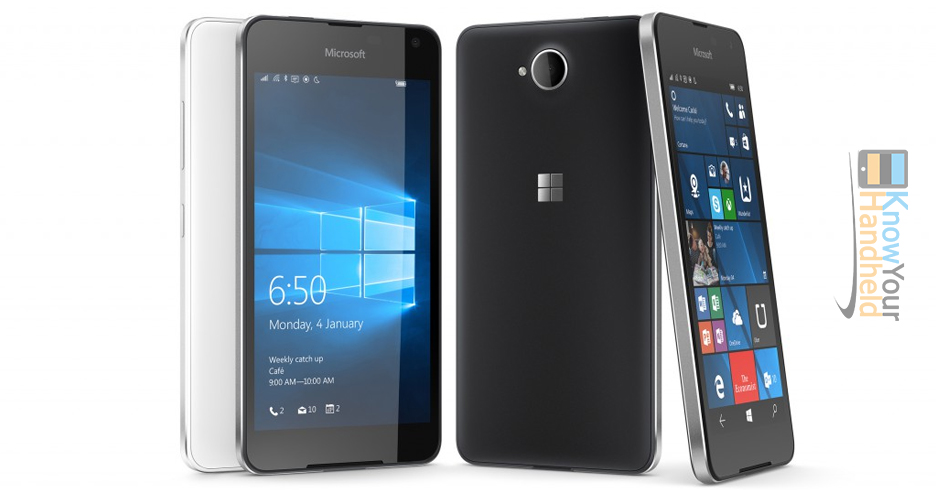The latest Macs are equipped with solid-state drives as their primary storage devices.Since SSDs are much faster than HDDs, the MacBook Pro, Air, iMac, and mini have become one of the finest and fastest personal computers.SSDs in Mac come in various sizes, such as 128 GB, 256 GB, 512 GB, and even 1 or 2 TB.
Though there are several advantages of having an SSD in your Mac, there are a few downsides as well. A major downside of an SSD is the low storage capacity as compared with the spinning hard disks. Due to the chip technology, the SSDs are also very costly in comparison to traditional storage gadgets.
Contents
Are SSDs Superior to Hard Disk Drives?
Yes, as mentioned above, SSDs are relatively faster. On the other hand, the spinning hard disks have various components like a head, platter, spindle, jumper, and more. Therefore, an HDD is more prone to physical corruption than an SSD.
How to fix a Faulty Solid-State Drive?
Sometimes an SSD becomes faulty due to various reasons. Here, we will discuss how to detect a faulty SSD and how to repair a corrupt or faulty SSD on Mac.
macOSprovides similar features to repair a faulty SSD or HDD.
Below are a few observationsthatcan confirm that the SSD on Mac is faulty.
- Frequent freezing of your Mac device
- Spinning beach ball when you perform a task
- Unable to perform read/write operations on Mac
- Sudden shut down of system or Kernel panics errors
- Gray screen or White screen of death, etc.
If you’re facing any above issue on your SSD, then perform the belowaction at earliest.
If you’re still able to boot your Mac, then backup all the data.
- Restart your MacBook or iMac and press-hold cmd + r keys during start-up.
- Go to Disk Utility app in the recovery mode.
- In the Disk Utility app, select the SSD from the left panel.
- Run First-Aid and repair disk errors on the SSD.
Wait for the First-Aid process to complete.
- Restart Mac after First-Aid disk repair
If the SSD error is logical and minor, then Disk Utility will certainly fix the fault.
What if the SSD isn’t Booting? How to Fix the Fault?
Method 1: Time Machine Saves the Day
If you have taken Time Machine back-up of your Mac in advance, then you can order a new external hard drive and restore your data to it.
Later, you can boot your Mac device with this external drive and replace the corrupt SSD whenever you have time and budget.
Method 2:Data Recovery Software for Mac Saves the Day
But what if you didn’t have the Time Machine back-up? Sounds scary, right? But don’t panic much, you can leverage professional software such as Stellar Data Recovery Professional for Mac.
The software helps you create a bootable USB recovery drive on macOSCatalina, Mojave, High Sierra. With this Recovery Drive, you can start your Mac device and select the faulty Solid-State Drive for data recovery.
Steps for Data Recovery
Step i)Create Recovery Drive with Stellar Data Recovery.
Step ii) Boot your Mac and scan SSD.
Step iii)Recover as much data from the storage drive.
Stellar Data Recovery Professional for Mac is available for free trial.
Final Thoughts
macOSoffers a few life-saving applications like Time Machine and Disk Utility. Hence, don’t forget to backup your Mac and leverage Disk Utility to fix the fault of your Mac’s SSD.
And, if your back-up is outdated and Mac device isn’t booting, then don’t hesitate to try Stellar Data Recovery Professional for Mac software to restore the SSD’s data. Remember, the software offers a feature to create a recovery drive for a faulty Solid-State Drive.
You can also download Stellar Data Recovery from MacUpdate.com.

This is Rohan, I’m a Digital marketing Expert, Full time Content Writer and founder of BoxerTechnology.com I can help people across the world through my articles. I am sharing the latest stories from companies like Apple, Samsung, Google, and Amazon.





Leave a Reply